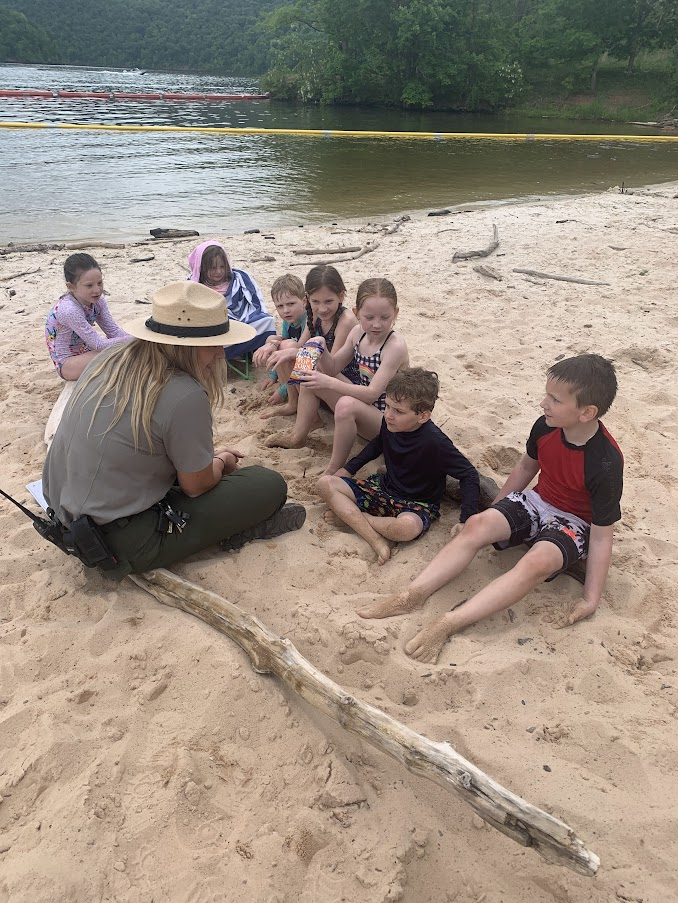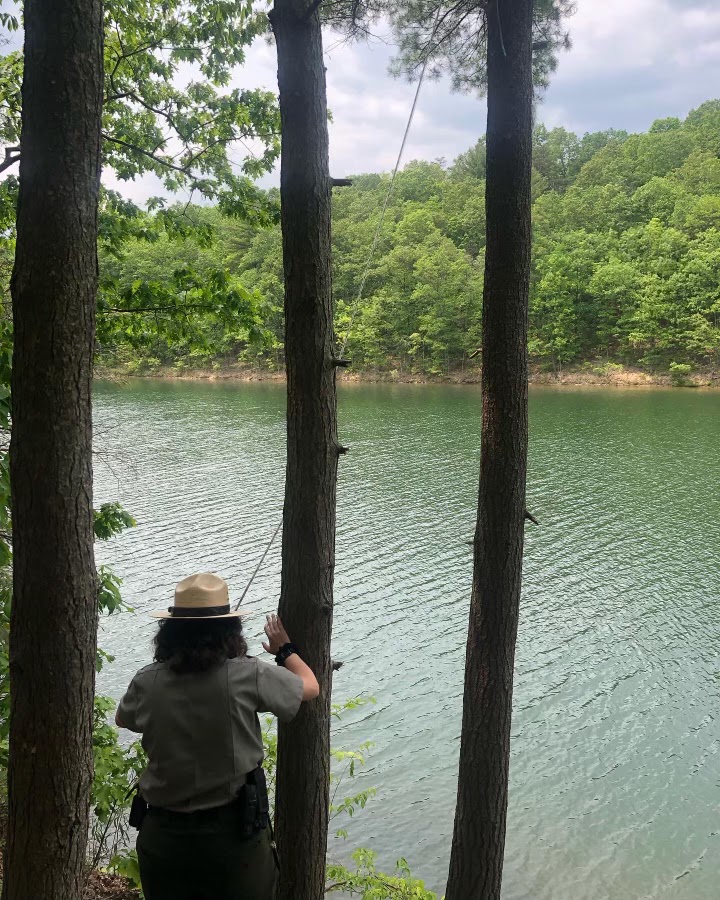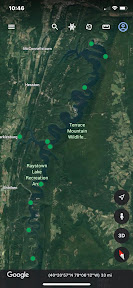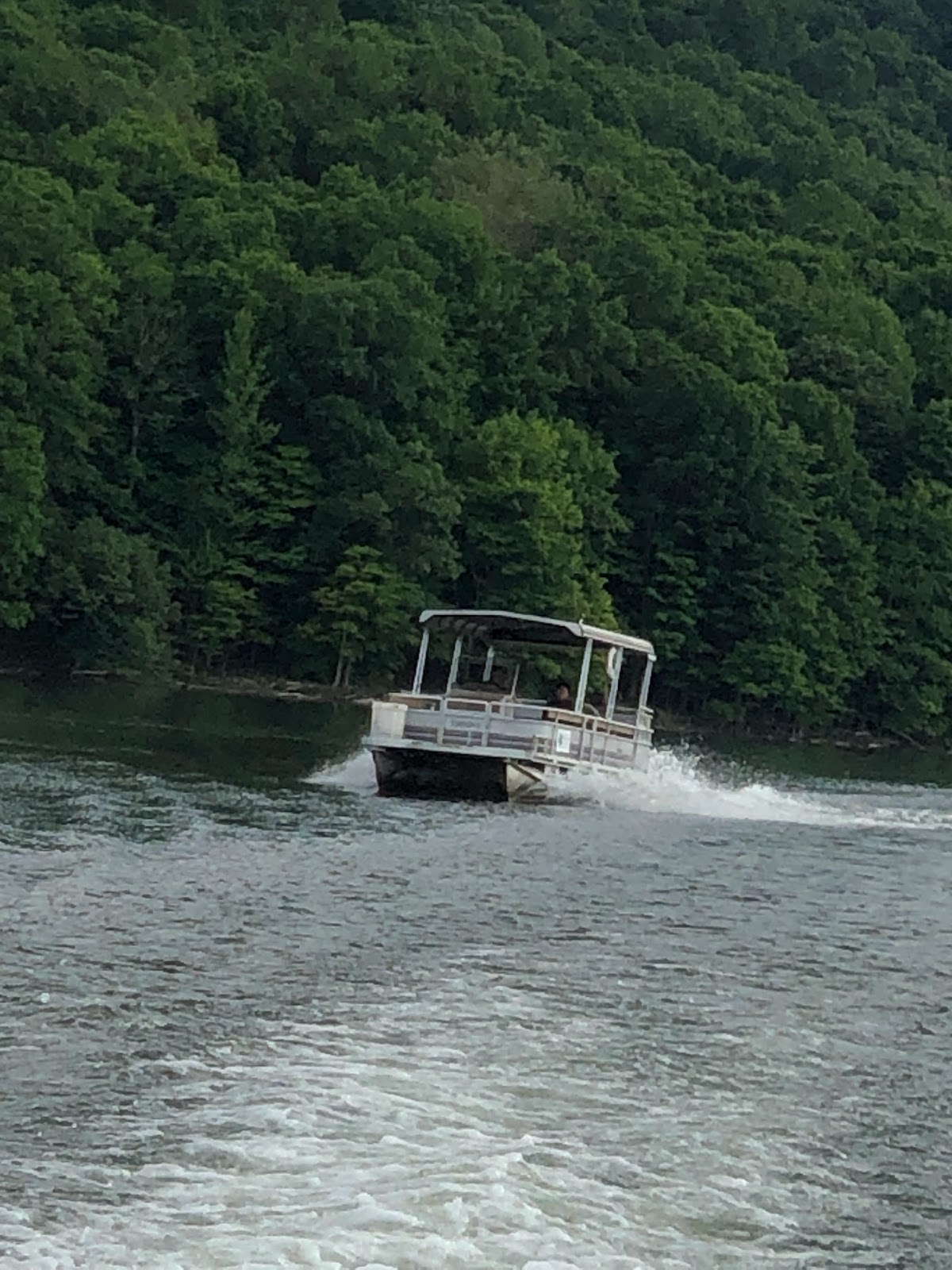Week 5:

Raystown Wildlife Northern Box Turtle: Currently In Nesting Season, super active on roads and in nesting areas Black Rat Snake: Super Chill, Eats Dead animals, keeps copperheads away Walleye: lots of eggs found in the project that Autumn and Andrew Garman did on fish structures recently put in by the Corps Due to the drought that lasted about 2 weeks long, there has been an increase in snake sightings as well as other wildlife being spotted around campsites. There have been a lot of campers and visitors that call in saying that there is a copperhead at their site and they try to kill it. All of the snake calls we have responded to have been black rat snakes, and Northern water snakes. Both are harmless and non venomous. I want to take a second to educate those on the difference between copperheads and Northern water snakes. Water snakes light patches have a slight Hershey kiss shaped skin. Fully grown water snakes are bigger/thicker than a fully grown copperhead. Pictur...



